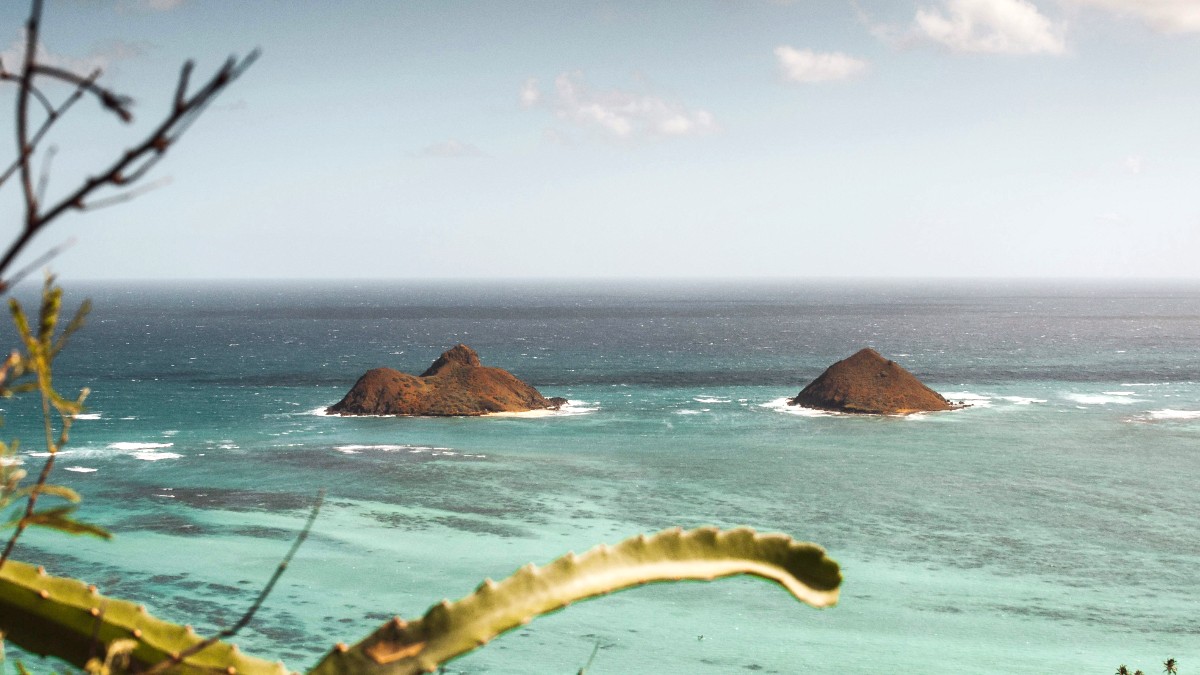
Hawaii, USA
Temperatures remain pleasant year-round. Average daily high temperatures range from 79°F (26°C) in winter to 88°F (31°C) in summer. Average daily low temperatures fall between 65°F (18°C) in winter and 74°F (23°C) in summer. Comfortable conditions exist for outdoor activities almost any day.
Relative humidity typically ranges from 60% to 80% throughout the year. While humidity levels can feel higher at times, the constant trade winds deliver a welcome cooling effect. The wet season generally runs from November to April, with January and February being the wettest months. The dry season extends from May to October. Average annual rainfall is approximately 30-40 inches (760-1000 mm). Even in the dry season, localized showers are common, often brief afternoon sprinkles that quickly give way to sunshine.
Kailua’s popularity means different times of year present varying experiences regarding crowds and prices.
High Season (Mid-December to Mid-April, Mid-June to August) brings higher prices and crowded attractions. Shoulder Season (April-May, September-Mid-December excluding Thanksgiving week) offers pleasant weather with fewer crowds and better deals. Low Season (May, September, October) provides the best prices and a more authentic local experience.
Mid-Dec to Mid-Apr, Mid-June to Aug
Consistently warm weather, ideal beach conditions.
Higher prices for flights and lodging. Crowded attractions, longer wait times for dining.
April-May, Sept-Mid-Dec (excl. Thanksgiving)
Pleasant weather, fewer crowds. Better deals on flights and lodging. Good for hiking and water activities.
Occasional rainy days in late shoulder season (Nov/Dec). Humidity might feel slightly higher.
May, September, October
Best prices for flights and accommodation. Fewer tourists, more authentic local experience. Good weather persists.
Occasional showers possible.
Hawaii, including Oahu, experiences certain weather phenomena. Prepare for these possibilities. Hurricane season runs from June 1 to November 30. Direct hits are rare, but tropical storms or hurricanes can bring heavy rains, strong winds, and high surf. Tsunamis are rare but possible; a warning system is in place. Heavy rains can lead to localized flash flooding.
Beach and water sports are best May to October. Hiking is good year-round, but cooler, less humid conditions in winter (November-April) are more comfortable. Whale watching is prime December to May, though tours typically depart from Honolulu.
May to October offer calmest ocean conditions for beaches and water activities.
Trails may become muddy after rain, wear appropriate footwear.
December to May is prime humpback whale season for tours (from Honolulu).
During peak season, book accommodations, rental cars, and popular tours months in advance for better rates.
June 1 to November 30 is hurricane season. Monitor local news.
Specific requirements depend on your nationality. Review these details well before your trip.
U.S. Citizens need no visa; a valid ID suffices. Canadian citizens: no visa for up to 6 months, passport needed. Visa Waiver Program (VWP) countries need an approved ESTA for up to 90 days. Apply for ESTA through the official CBP website at least 72 hours before travel.
Ensure you have all necessary documents ready for entry. For international visitors, a passport valid for at least six months beyond your intended stay is generally required. Some country-specific exceptions apply. Have your ESTA approval printout ready (recommended) or your valid U.S. Visa. Proof of onward or return travel helps demonstrate your intent to leave before your authorized stay expires.
Hawaii is a destination often considered expensive, and Kailua is no exception. Careful budgeting guides your expenses. The currency used is the United States Dollar (USD or $).
Comprehensive Travel insurance is highly recommended. A good policy covers medical emergencies and medical evacuation, trip cancellation or interruption due to unforeseen circumstances, baggage loss or delay, and personal liability.
Consider policies that cover water sports and other adventure activities if you plan to participate in them. Read the fine print to understand your coverage.